The Turkey is a group of large birds in the pheasant, or Phasianidae family. They are closely related to chickens, quail, pheasants, peacocks, and partridges. This article will focus on the domestic species. For their wild counterparts, please see the Wild Turkey article.
Though they are the same species, domestic and wild turkeys are drastically different in behavior and shape. Read on to learn about the Turkey.
Description of the Turkey
Domestic Turkeys are much larger than their wild counterparts. Humans have spent thousands of years selectively breeding these fowl into fatter and friendlier birds.
Because of this breeding, domestic Turkeys weigh nearly 30 lbs. on average, and the largest weigh over 80 lbs. or more! This breeding also gives us a variety of colors, including brown, bronze, black, white, and more.
Interesting Facts About the Turkey
These birds are quite interesting indeed! In fact, not all domestic Turkeys are destined for the Thanksgiving dinner table. People commonly keep these birds as pets as well.
- Is it Wild? – Sometimes it can be difficult to tell the difference between wild and domestic Turkey Your first clue is their size. The average domestic weighs about 30 lbs. and the average wild weighs between 10 and 20 lbs. depending on the gender.
- It’s in the Tailfeather – Another good way to differentiate between domestic and wild Turkeys is to look at their tail feathers. The wild ones have very similar tails, but their tails are always black-tipped at the end. The domestics, on the other hand, have white tips on their tails.
- A Colorful Affair – If you’re going to have a pet Turkey, why not have a pretty one? Farmers select the prettiest and most interesting-looking birds as their breeders. Over thousands of years, they have developed a number of different colors and breeds. Some of the different breeds include Bourbon red, standard bronze, slate, and broad breasted white.
- Turkey Poop – Why would anyone want to look closely at bird poop? Because you can determine if the bird is male or female! If a Turkey is male, his poop is long and somewhat shaped like a “J.” Conversely, if it is female, her poop looks like a spiral.
Habitat of the Turkey
Domestic Turkeys do not live in the wild, and thus only inhabit farms and similar “habitats.” Some live outdoors in a “free-range” setting, while others live inside in a more controlled, commercial setting. Their wild counterparts live in a variety of different habitats, including a variety of forests, meadows, marshes, and agricultural fields or pastures.
Distribution of the Turkey
Domestic Turkeys live on farms across every continent except Antarctica. They are a popular farm bird, and people usually raise them for their meat. Because of their popularity, you can find domestic breeds virtually anywhere. Some breeds of domestics are more common than others.
Diet of the Turkey
Domestic Turkeys eat a variety of foods, though most of their intake consists of pelleted feed. While ranging about, these birds eat just about anything that they can catch. They hunt for insects, lizards, berries, seeds, fruit, and more.
Farmers feed their domestics a specialized pelleted food, which has higher protein than chicken feed. They also feed them a variety of vegetables and fruits as snacks or treats.
Turkey and Human Interaction
Humans and domestic Turkeys have a relatively one-sided relationship. People raise most domestic breeds with the purpose of eating them. Small farms do sometimes keep these birds as pets or livestock guardians. Because they are domestic birds, people directly control their populations. Some breeds and colors are rarer than others.
Domestication
Humans domesticated these large birds about 2,000 years ago. Farmers fully domesticated them primarily for meat, eggs, and feathers. Nowadays, breeders produce a wide variety of colors and breeds.
Does the Turkey Make a Good Pet
Yes, Turkeys can make good pets, but they are definitely not indoor birds. You cannot housetrain them, and boy do they produce a lot of poop. Any farmer can tell you, they should not live inside! If you have plenty of space, and can build a predator-proof enclosure, you can consider adding these birds to your farm.
Turkey Care
Turkeys need more space than other birds, because they are quite large. You should be able to give them plenty of room to forage and search for insects and other prey. They are social birds, and need to live in groups to be happy.
Their enclosures should be predator proof. Just like humans, foxes, hawks, bears, raccoons, and feral dogs all love the taste of these domestic fowl. It is your job to ensure your birds are safe in their enclosure. As far as diet goes, there is a variety of different pelleted feeds that you can give your birds.
Behavior of the Turkey
Because humans have domesticated them for many years, these are quite friendly birds. In fact, they are somewhat friendlier than chickens are. Just like chickens, Turkeys are social with others of their kind, and need to live in flocks.
A flock develops a pecking order, and you must introduce outside birds slowly if they do not grow up together. Flocks of Turkeys forage on the ground, but also enjoy roosting on low perches as well.
Reproduction of the Turkey
A single male Turkey, known as a “tom,” can breed with several females, known as “hens.” Many farmers collect the fertile eggs, so that the birds continue laying and produce more eggs. It takes about a month for the eggs to hatch in an incubator.
If the mother incubates the chicks, she will show them how to eat and drink. If you hatch the chicks in an incubator, you have to show them how to do these things. Young Turkeys cannot breed until they are about 10 months old.
Beliefs, Superstitions, and Phobias About the Turkey
One common myth is that this bird almost ended up the national bird of the United States, as Benjamin Franklin wanted it instead of the bald eagle. In reality, this is only half true. Franklin did not make a case for the Turkey as the national bird, but he did make an argument in a letter to his daughter.
In the letter, he stated that Turkeys have better “moral character” because bald eagles are scavengers. He also mentioned that Turkeys would undoubtedly protect his farm if red coated British soldiers invaded, because of their aggressive nature.

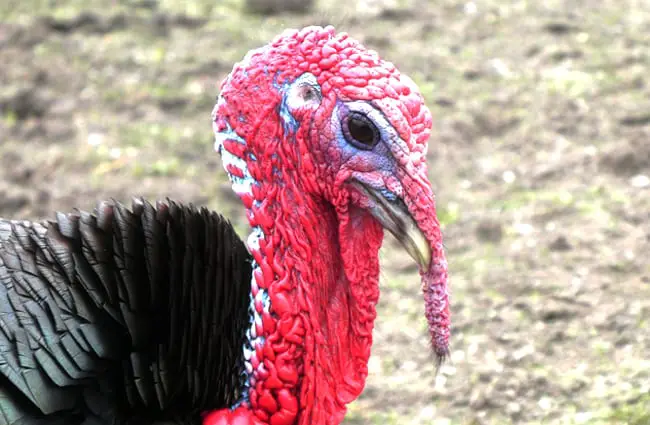
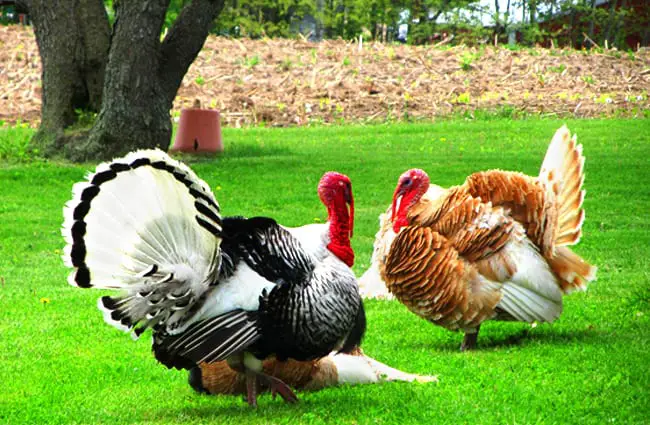

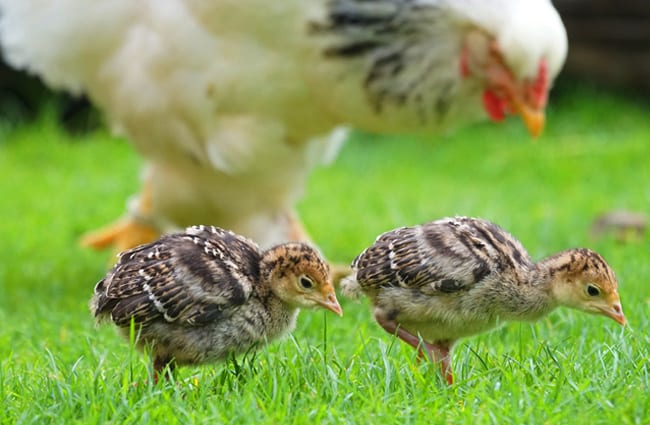
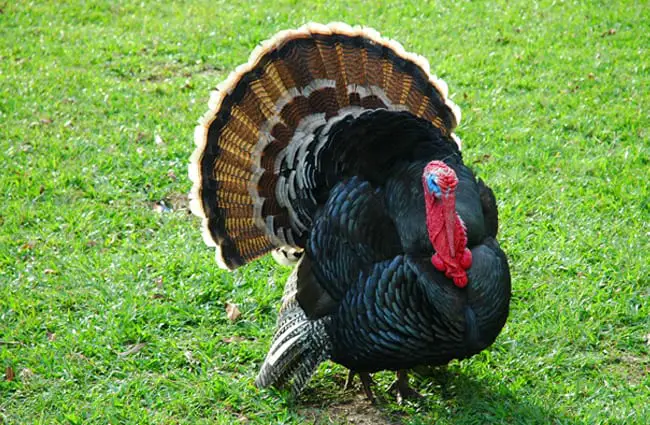
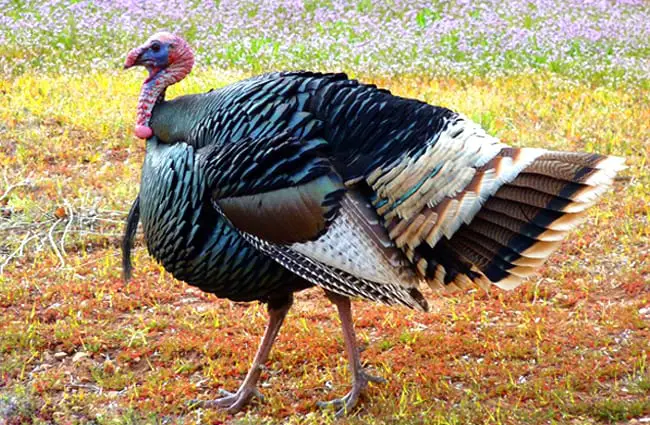
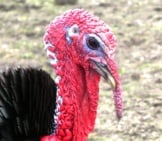
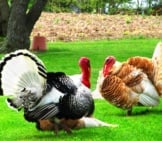

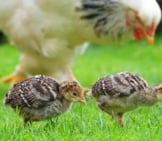
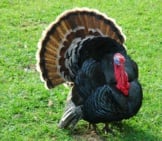

![Red Angus Closeup of a beautiful Red Angus cowPhoto by: U.S. Department of Agriculture [pubic domain]https://creativecommons.org/licenses/by/2.0/](https://animals.net/wp-content/uploads/2020/03/Red-Angus-4-238x178.jpg)












![Red Angus Closeup of a beautiful Red Angus cowPhoto by: U.S. Department of Agriculture [pubic domain]https://creativecommons.org/licenses/by/2.0/](https://animals.net/wp-content/uploads/2020/03/Red-Angus-4-100x75.jpg)

